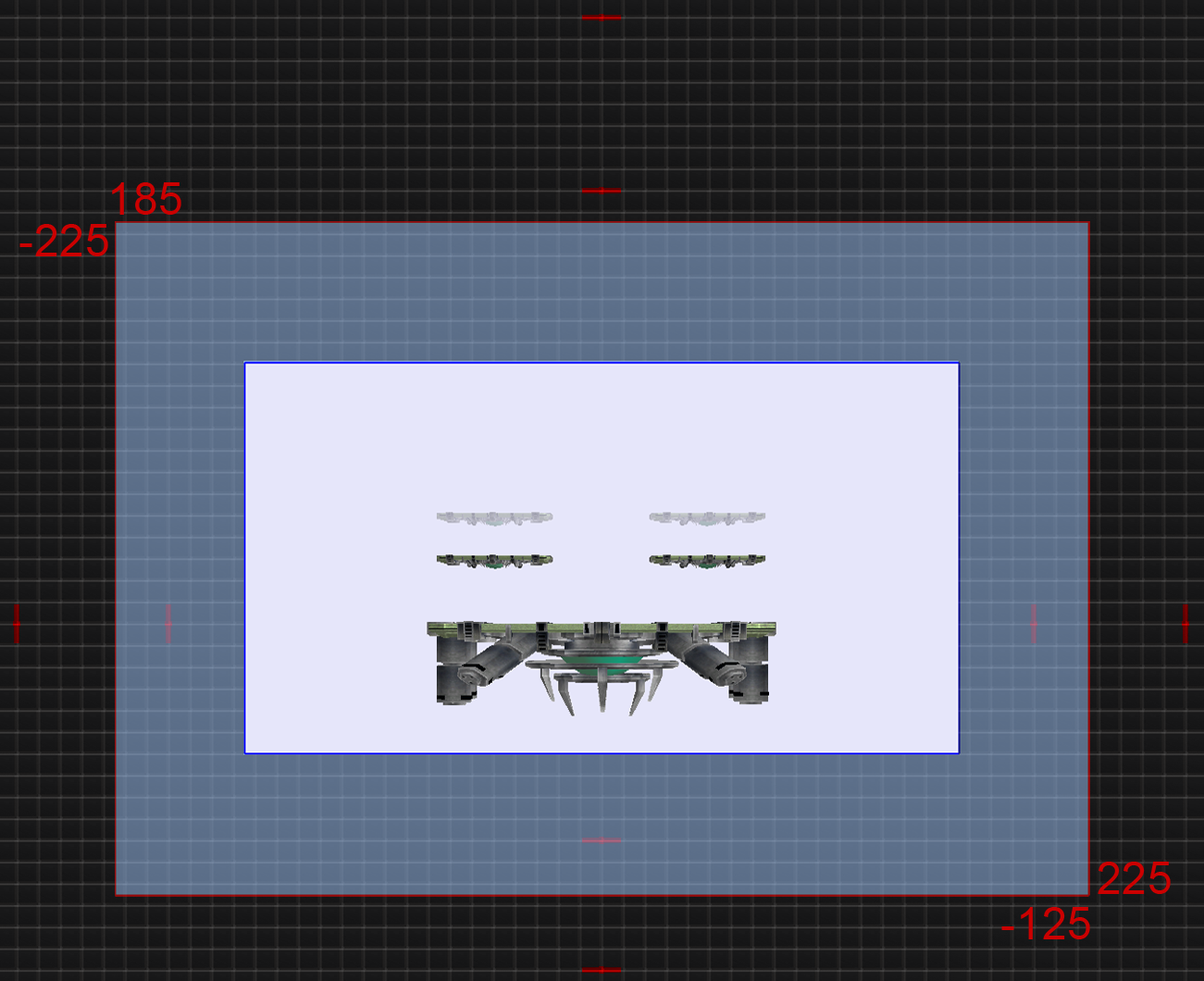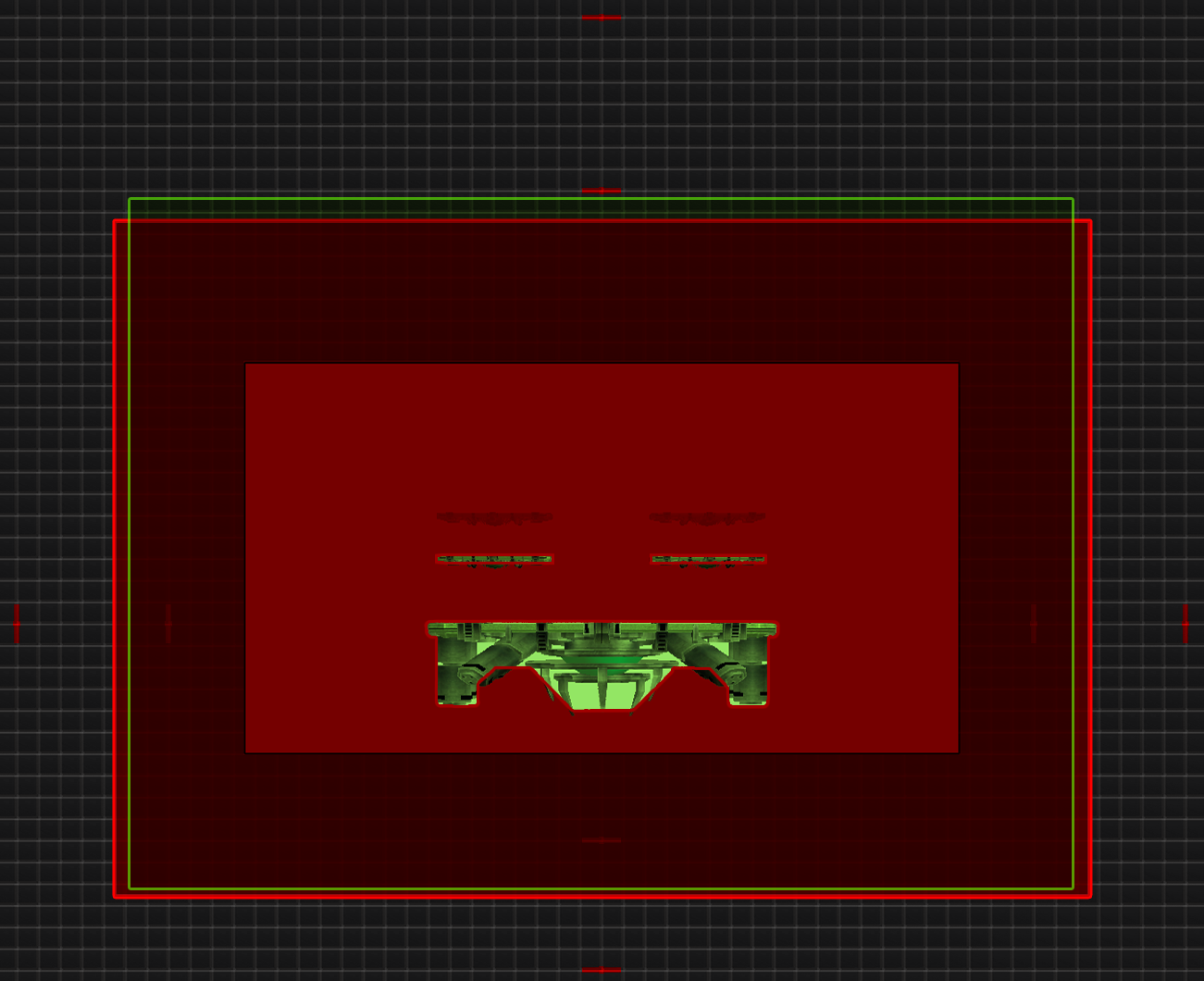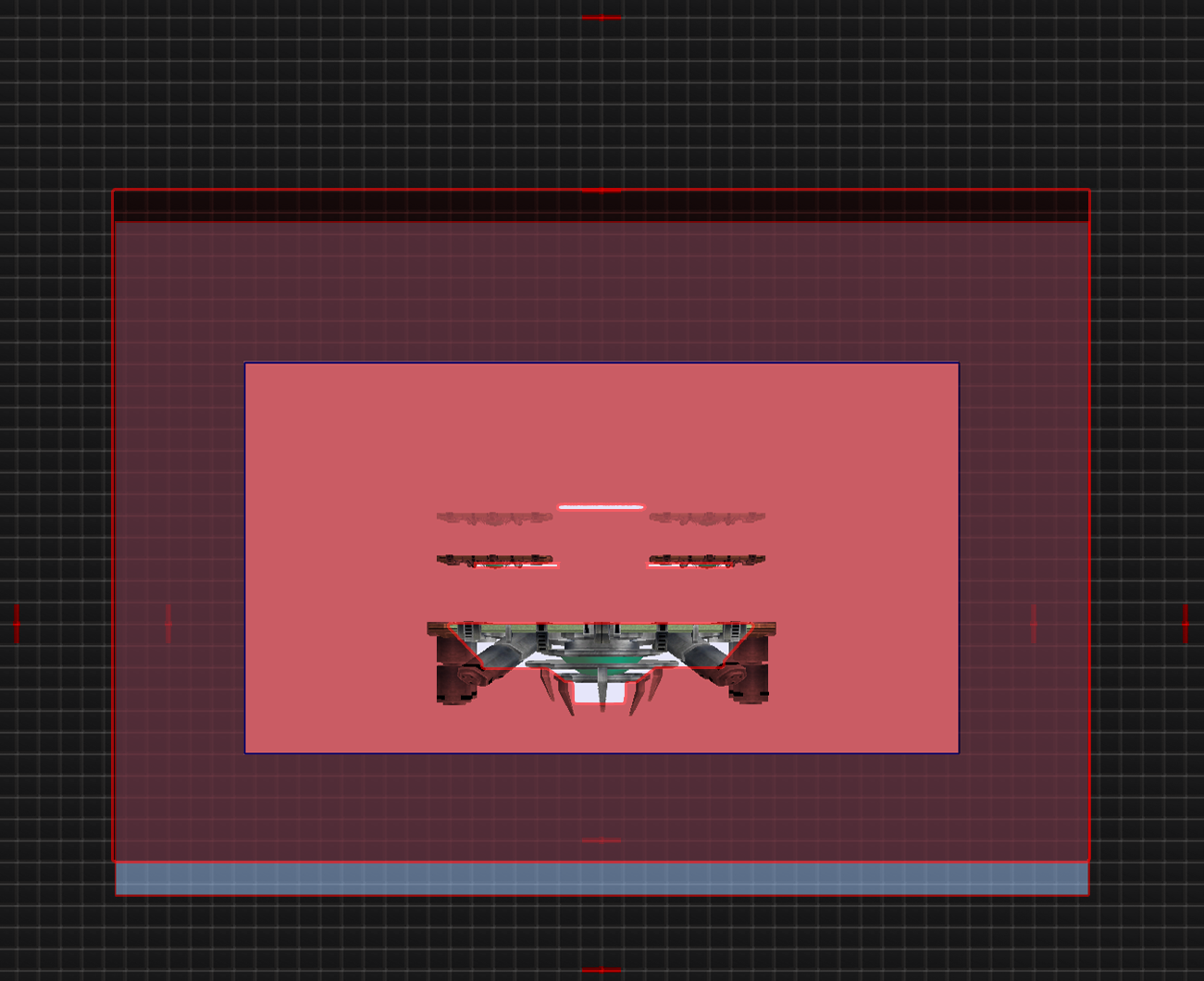I worry that repeatedly rephrasing myself in the hopes that more than the first half-paragraph gets read may be a waste of time, so I'll try some pictures:
More alike than different.
In brief: New stage elements should actually be examined for competitive merit. Old elements that have not worked out should be reexamined for why, and new implementations invented to try to distill the merit they may contain from the stuff that holds them back. They should not be met with knee-jerk rejection.
I have not said that anyone else means to include blastzones when they say "hazard." I have said that blastzones
are hazards. Blastzones are different from other hazards in that they are required for a stage to function. But when the strategy for dealing with them is the same, just how important is that difference?
It's pretty obvious that
the one thing in the game that can kill is fairly hazardous, yet we put them on every stage and just try to avoid them while trying to knock the opponent into them. But if something has an effect other than killing outright? "Oh no, now it's a
hazard! I don't want to just try to avoid something while trying to knock my opponent into it!"
On that note, enemy characters are fairly hazardous, too. They come onto the stage and hurt players, yet to object to their existence is ridiculous. The obvious reason is that they are human-controlled: their actions are determined by a player's choices. Of course, stage selection is also a player choice; any effect that a stage may have on the match is the result of one player accepting that effect and the other not forbidding it. Certain stage elements might even have ways for a player to influence them once the match proper begins, which makes objections to such elements all the more flimsy.
That's not to say every stage is tourney-viable. Stages could still support boring campy play, they could still be polarizing in certain matchups, they could still be centralized around a single element, they could still completely redefine the game, and they could still cause RNG to have a major influence on the outcome. But then the campable/polarizing/centralizing/weird/RNG parts are the problem, and those likely aren't intrinsic to any element. One should see if such parts can be excised before axing the elements altogether. When I propose an idea, I try to do just that.
(Please do not assert that I claimed characters are stage hazards. If something requires clarification, just ask.)
"Because hazards" is not a complete criterion for a stage to be nonviable. The distinction between acceptable and unacceptable should come not from reductive absolutes (in fact it doesn't in rulesets for other Smashes), but from how something actually affects the game.
A thing causes damage? Then why is the player touching it? If it's unpredictable, then it needs changing. If it's unreactable, then it needs changing. If the opponent forced them, then they were out-played. If the player is ignoring it, then they are bad and would encounter problems on any stage.
A thing blocked a kill? Wall-techs, Randall, pure distance, and one's own projectiles all can too. If that thing isn't predictable and reactable, then it needs changing. If it is, don't try to kill through it.
On the topic of onstage walls:
It's another category for which "generally accepted" is not the same as "true." Most stages with walls were at some point legal, and when one was banned it was not "because walls," but because of how the walls (and often some other elements) happen to effect the game on that stage. Walls are prone to allowing infinites, promoting camping, and prolonging stocks. Infinites themselves shouldn't exist (and ones requiring walls have not been found in PM), and camping can be made unfavorable by other stage elements. Living forever by wall-teching is a real problem, though, which would require something big to solve outright. But camping and teching can become interesting in moderation, and would not necessarily be problematic if only temporary. For that reason I think it's worth exploring what can be done to make a wall work.
Not really the exact same topic, but it fits in with the confused understanding of stage viability.







